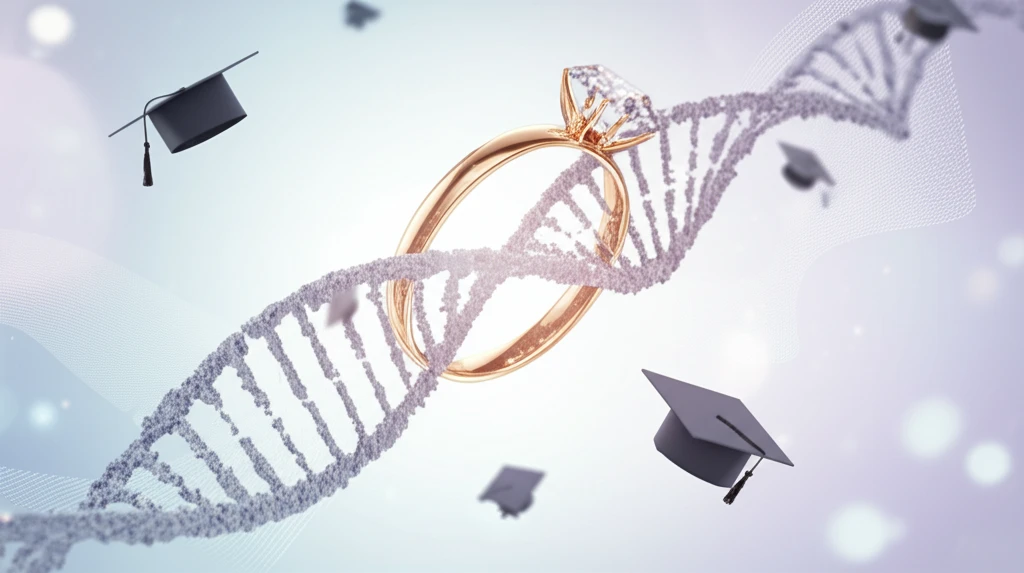
Is the Romance Over? Unpacking the Shifting Trends in Modern Marriage
"Dive into the surprising twists and turns of educational homophily and what they reveal about inequality, societal shifts, and the evolving landscape of love."
For generations, marriage has been more than just a union of two individuals; it's been a reflection of societal values, economic realities, and educational landscapes. One of the key metrics researchers use to understand these dynamics is educational homophily—the tendency for individuals to marry someone with a similar level of education. But what happens when these patterns shift? What do these changes tell us about inequality, social mobility, and the ever-evolving game of love?
Recent research dives deep into the historical trends of educational homophily in the United States, questioning whether these trends follow a predictable path or if they're as unpredictable as modern dating itself. The study scrutinizes existing methods for measuring homophily, asking a crucial question: How do we choose the right criteria to accurately reflect these complex social phenomena? As it turns out, not all measures are created equal, and the tools we use can significantly influence the stories they tell.
This article unpacks the key findings of this compelling research, shedding light on why some indicators of homophily are more reliable than others, and what this means for our understanding of marriage, inequality, and social trends. Whether you're a data enthusiast, a relationship guru, or simply curious about the forces shaping modern society, prepare to have your assumptions challenged and your perspectives broadened.
Decoding Educational Homophily: Why It Matters?

At its core, educational homophily serves as a barometer for broader societal dynamics. When people with similar educational backgrounds pair up, it can signal a reinforcement of existing social structures and potentially exacerbate inequalities. Conversely, a decrease in educational homophily might suggest increased social mobility and a blurring of traditional boundaries.
- Changing Educational Landscape: The definition of 'high' education shifts over time.
- Data Limitations: Access to detailed historical data on couples can be limited.
- Methodological Challenges: Choosing the right statistical indicators to measure homophily is crucial.
The Future of Love, Education, and Equality
The study doesn't just offer a critique of existing methods—it proposes a path forward. By advocating for the application of well-performing indicators, this research provides a valuable tool for quantifying trends in overall inequality across different countries and time periods. As societies continue to evolve, understanding these dynamics will be crucial for fostering greater equality and social cohesion, ensuring that love isn't just about personal connection, but also about building a more equitable world.
